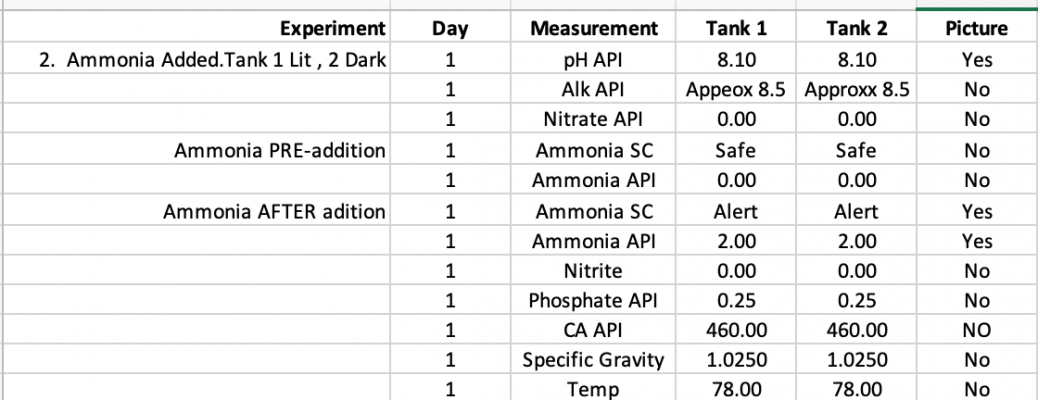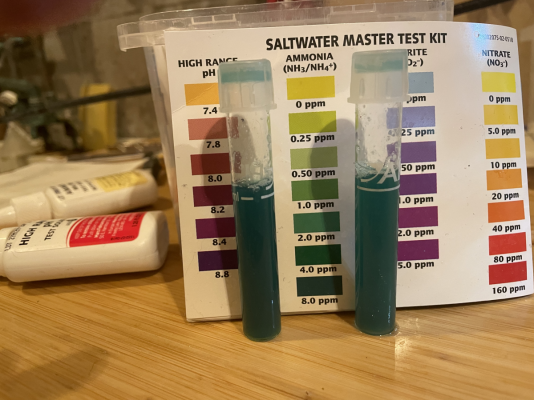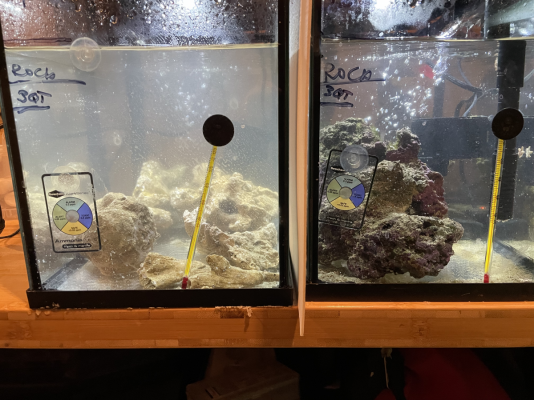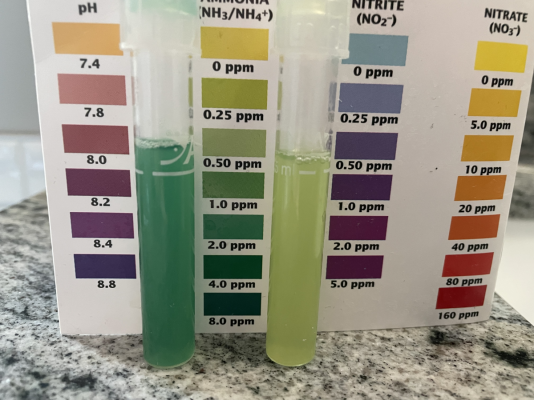- Joined
- Dec 28, 2016
- Messages
- 22,709
- Reaction score
- 21,894
OK will post pictures soonThe result can be - the same as before in the aquarium that have no light in the first experiment - because as you say - it is not likely there is many photosynthetic organism there and it will be the same as no light exp 1 when you put the light exposed (in test1) into the dark. If this happens - I´ll think that the indications about that photosynthetic organisms was active in your first test is very strong
Sincerely Lasse























